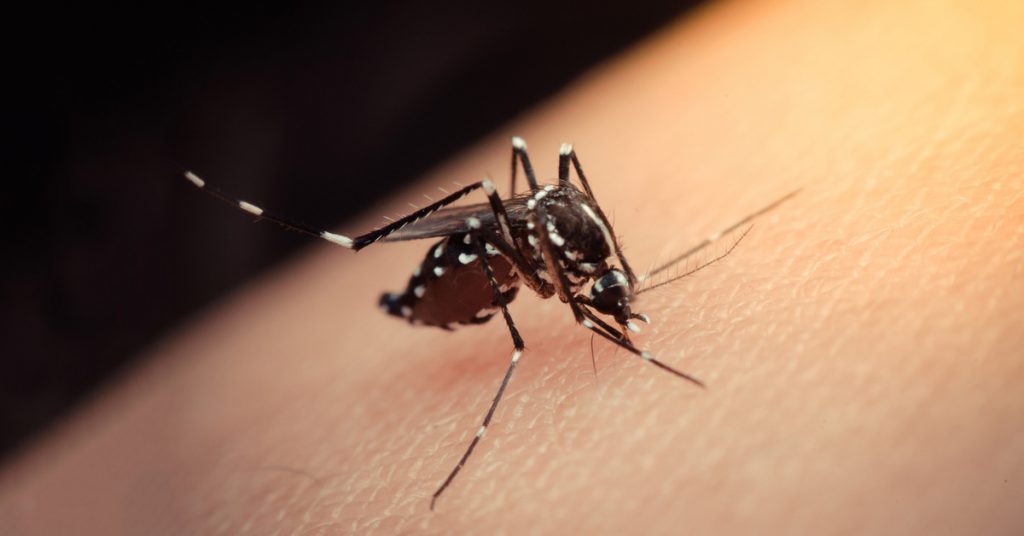RIO DE JANEIRO, BRAZIL – As summer heats up, the Brazilian Ministry of Health has alerted that there is an increased risk of dengue outbreaks from March onward.
All nine states in the Northeast are at risk, as well as Espírito Santo and Rio de Janeiro. The high temperatures and heavy summer rains help to spread the mosquitoes that carry the disease.
Although not in the official danger zone, the city of São Paulo recorded an increase of 2,769 percent in the number of dengue cases in only one year, according to a survey released on Wednesday, January 15th, by the Municipal Health Secretary
Last year Brazil recorded 1,544,987 cases of the disease, a dramatic 488 percent increase over the 2018 figures. In 2019, 782 people died from the disease.
With dengue fever on the rise, 2019 recorded the second-highest number of deaths from the disease since 1998, the year in which the historical series began. Data from the Ministry of Health show that by December 7th, 754 dengue-related deaths had been confirmed.
Shocking as these figures may be, the number of cases in 2017 and 2018 was low, with 2015 and 2016 having recorded higher numbers. These fluctuations are a natural result of the circulation of different strains of the virus (1,2, 3 and 4 – all exist in Brazil).

When one strain is dominant in a region for a period of time, people develop immunity and as a result, fewer infections occur. When a new strain moves into a region, there is less immunity and thus there is an increase in the number of cases.
This is what happened from late 2018 causing the figures last year to skyrocket. The particularly virulent type 2 began to proliferate in São Paulo, Goiás, and Minas Gerais. Over 70 percent of all cases of dengue and 67 percent of dengue-related fatalities occurred in these three states last year.
Type 2 had not been in wide circulation since 2008 and so the outbreak was severe. This is the strain that could affect the eleven at-risk states this year.
Dengue is rarely fatal and can often be either asymptomatic or relatively light. A serious case of dengue is characterized by high fever, along with headaches, muscle and eye pain, loss of appetite, and red blotches on the body.
More severe cases include persistent vomiting and intense pain. Anyone displaying symptoms of dengue should seek medical attention and treatment, which is available free of charge in SUS facilities.
The Aedes aegypti mosquito, which carries dengue, can also carry Zika and Chikungunya. Although Zika is present in all states (with the exception of Acre), rates of infection are relatively low, but there is still an alert for expecting mothers as the disease has been associated with microcephaly in newborn babies. Last year there were approximately 10,000 cases and three associated deaths.
Chikungunya rates increased in 2019 over 2018 by 30 percent, representing a total of 130,000 cases last year and 92 deaths. Fortunately, a Chikungunya outbreak for 2020 is not expected.

